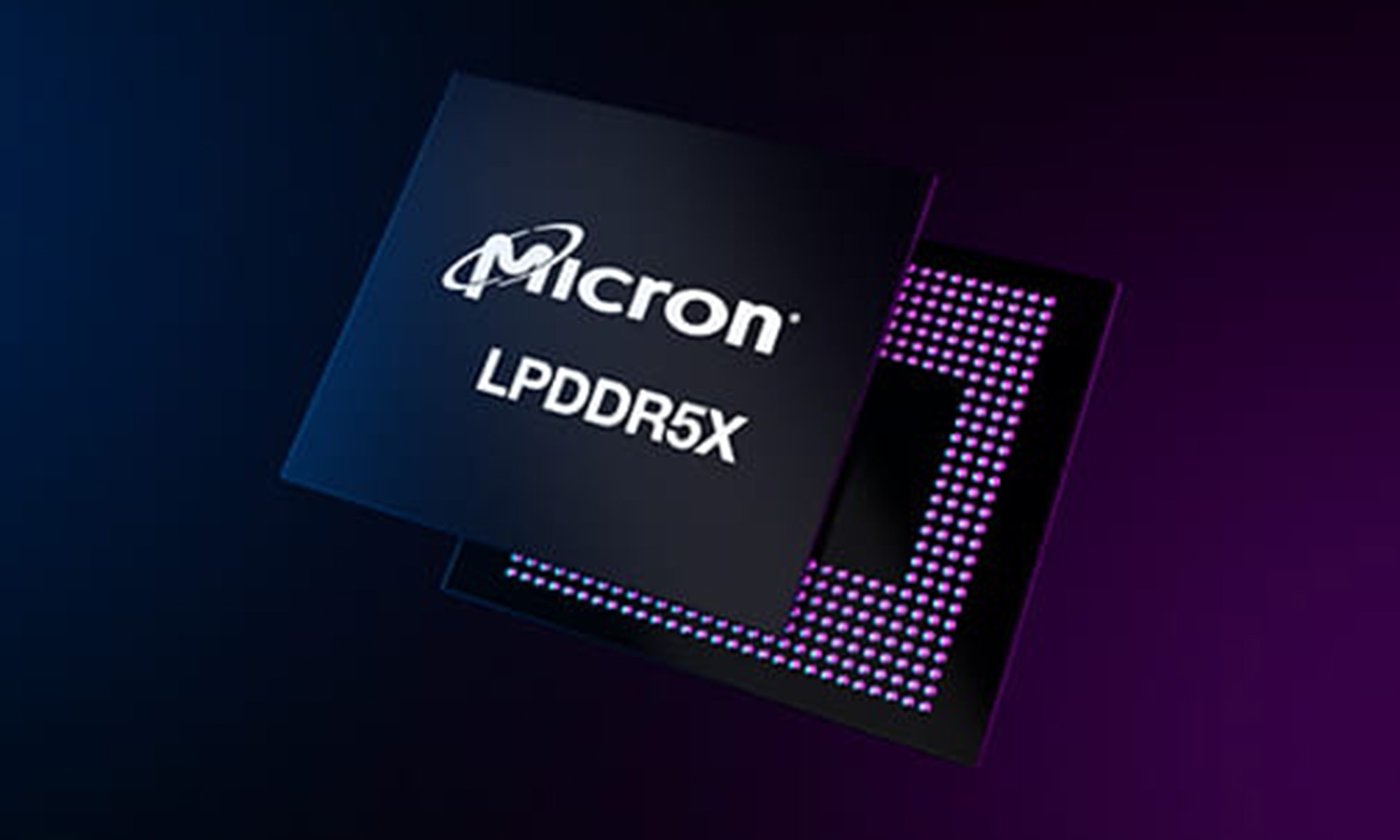The odds were stacked against Micron Technology (MU +7.68%) going into the company's fiscal third-quarter earnings. The U.S.-China trade war, an oversupplied DRAM (dynamic random-access memory) market, and weak end-market demand were supposed to crush the memory specialist's third-quarter performance.
That indeed happened, but not as much as investors and Wall Street feared. Micron reported a massive drop in its top and bottom lines on a year-over-year basis, while its fourth-quarter guidance didn't pass muster either. Still, investors were positively surprised by two things that sent Micron stock soaring.

Image Source: Getty Images
The things that mattered
Micron was once again hurt by declining memory prices and lower shipments, which led to a 38.6% revenue decline from the year-ago period. The non-GAAP gross margin also fell to just 39.3% from 60.6% in the year-ago period.
But despite these headwinds, Micron delivered adjusted earnings of $1.05 per share. Though this number was down over 66% from the prior-year period, it turned out to be better than the Wall Street forecast of $0.80 per share.
Given that Micron stock has been clobbered over the past couple of months, this news was good enough to boost investor confidence. But the more important reason why Micron shares shot up was because of the company's ability to sell to Chinese giant Huawei despite the latter being on the U.S. government's Entity List.
Micron management explained that the company had suspended shipments to Huawei from May 16 onwards when the Chinese conglomerate was added to the Entity List. But a review of the products it sells to Huawei revealed that a "subset of current products" was not "subject to export administration regulations and entity list restrictions."
Micron exploited a loophole and resumed shipments of those products to Huawei in the last two weeks of the quarter. The stock price action shows that investors take this as a positive sign, but a closer look at the company's results and guidance makes it clear that it isn't out of the woods yet.
Too early to celebrate
Micron's guidance should remind investors that the chipmaker still has a long way to go before it can start delivering meaningful growth once again. The company's top line is expected to crash a whopping 46% during the third quarter, while earnings per share are expected to shrink from $3.53 a year ago to $0.61 this time.
This is despite the fact that Micron claims a potential turnaround in demand from data center customers. CEO Sanjay Mehrotra pointed out on the latest earnings call:
Within the data center market, cloud customers are turning the corner on inventories and most are approaching normal inventory levels. Our cloud DRAM bit shipments grew sequentially in the fiscal third quarter exceeding our expectations and early trends suggest strong sequential growth for the fiscal fourth quarter.
What's more, Mehrotra went on to add that PC-related DRAM shipments have also started picking up the pace. The market was once hamstrung by a shortage of central processing units, but according to management that problem seems to be going away.
However, the data center and PC headwinds are still not large enough to tilt memory prices in Micron's favor. Also, the company isn't certain about how long and how much it can ship to Huawei, which accounts for 13% of its annual revenue. So there's a possibility that it might lose that tailwind if the U.S.-China trade talks don't lead to a conclusion.
The DRAM market is expected to crash around 22% in 2019 according to IHS Markit estimates, so investors shouldn't be betting on a turnaround at Micron just yet. There's no doubt that there were a few positive signs last quarter. But it would be wise to wait for Micron to actually prove that the improvements in the end-market scenario are boosting its results, as clouds of uncertainty are still hanging over the memory specialist.






